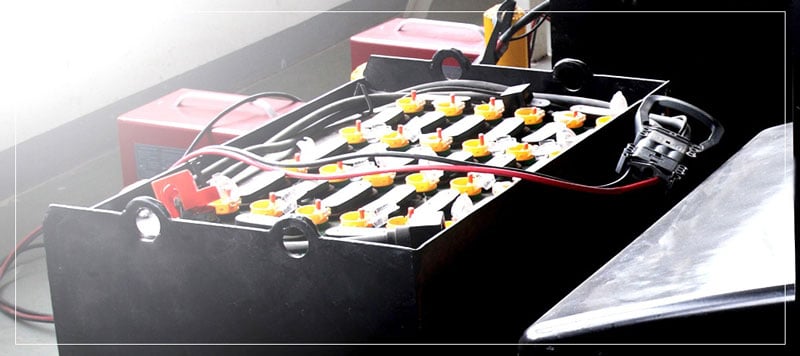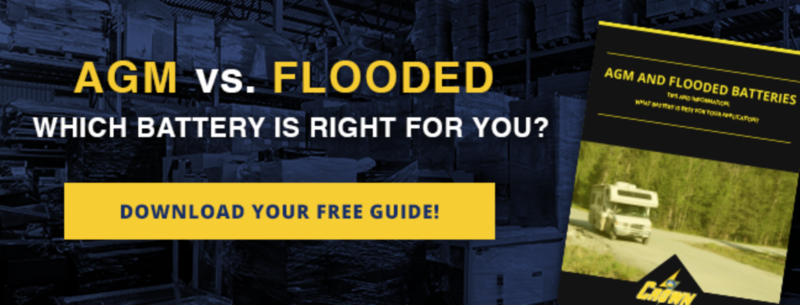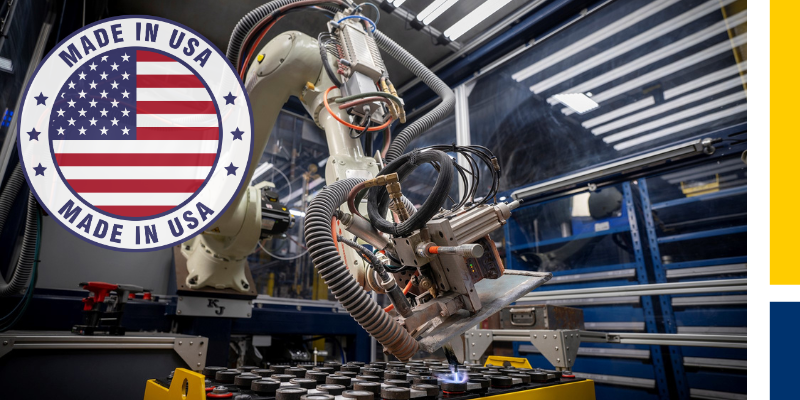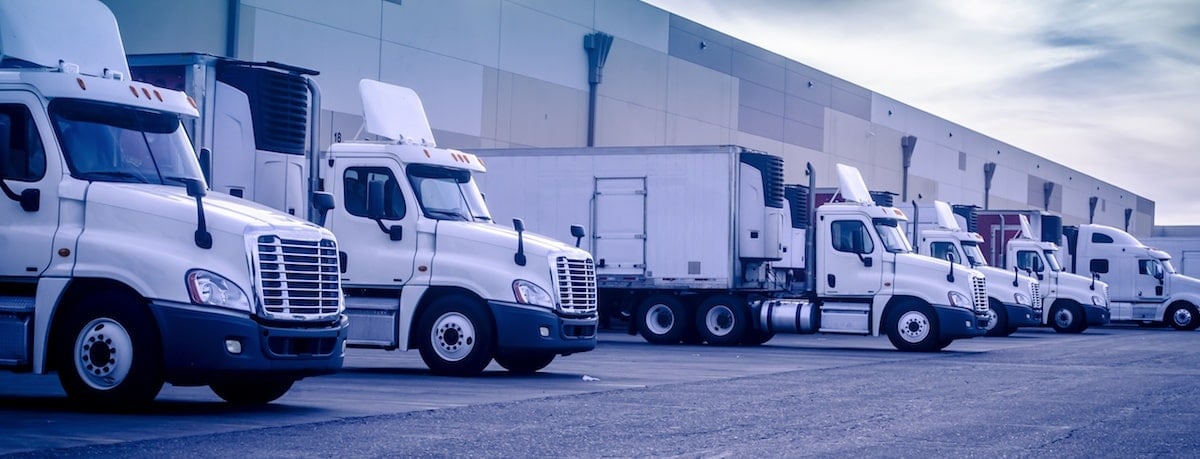To obtain a desired voltage or capacity, you may need to connect batteries in a series or parallel configuration. The process might seem confusing at first, but with a little education on the types of connections and how to configure your wiring harness, it’s easier than you think to obtain the power you need while deploying your system with a quality setup and safety in mind. Here's what you need to know about Series and Parallel battery connections:
Series Connections
If you’re using portable equipment that requires higher operating voltage, you typically need battery packs containing at least two batteries connected in a series. You find these batteries in applications such as motorized scooters, Power Wheels, and small yard tools.
Having the batteries in a series means you’re increasing the voltage while maintaining the capacity rating or amp hours of the set. To connect the batteries, use a jumper wire and connect the negative end of the first battery and attach it to the positive end of the second. Then, run the negative wire from the open connector of the first battery and the positive off the open connector on the second.
Parallel Connections
For equipment such as laptop batteries, larger motorized scooters, and backup units, the batteries connect to each other in parallel, which doubles the capacity or amp hours while the voltage remains the same. In this case, you use the jumper wire to connect the positive terminals on both batteries, then adding another jumper wire to connect the negatives. Finally, connect both positive and negative wires to the battery to finalize the connection.
Important Do’s and Don’ts
- Safety First: To ensure proper battery maintenance, never cross any of the remaining open positive and negative terminals with one another as it causes a battery to short-circuit, leading to potential injuries and product damages.
- Product Requirements: Every application has power limitations. For example, doubling the voltage beyond specified voltage requirement on a motorized scooter will damage the motor and likely create a safety issue for the operator. Most battery-powered applications provide exact requirements for DC power guidelines in equipment's operator manual. Using this resource ensures that you'll know exactly how much power it can support without damaging the product.
- Matching Capacities: Don’t mix and match battery chemistries, capacities or batteries with different voltages. If you do, the voltages and the charge rates will not align, and will create a major safety risk for the user. Matching your batteries to the DC Power specification included with your operator’s manual is an absolute requirement to ensure you realize the application performance you need without compromising safety.
- Keep Track of Connections: Lastly, if you are connecting multiple battery banks together (example: strings of renewable energy battery banks), you will find it be helpful to create a diagram of all the battery banks and how they are configured to ensure that you are linking them together safely and accurately.












